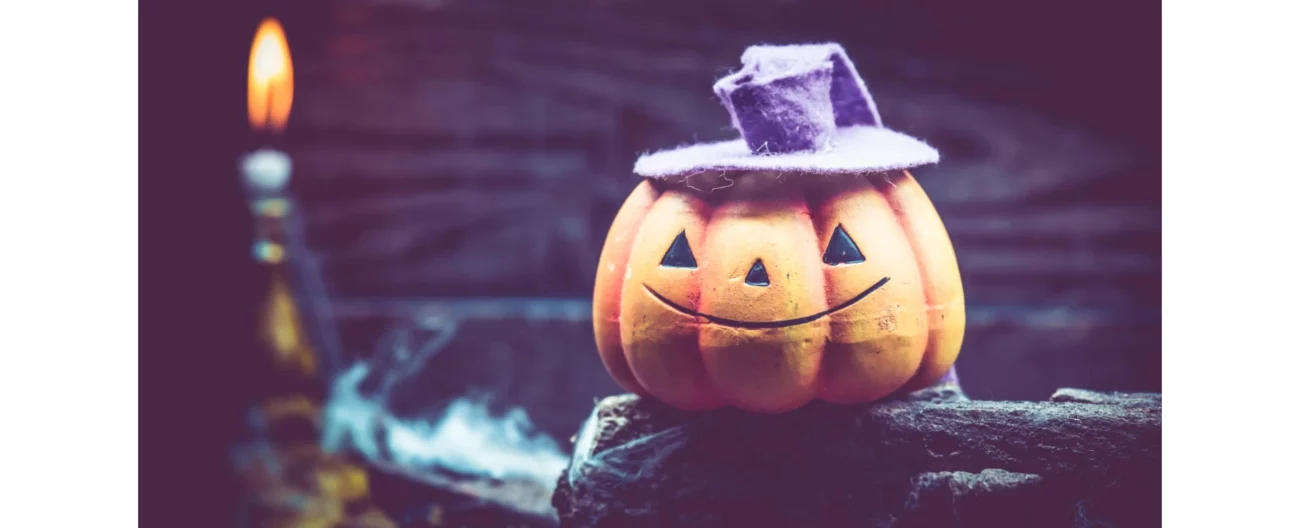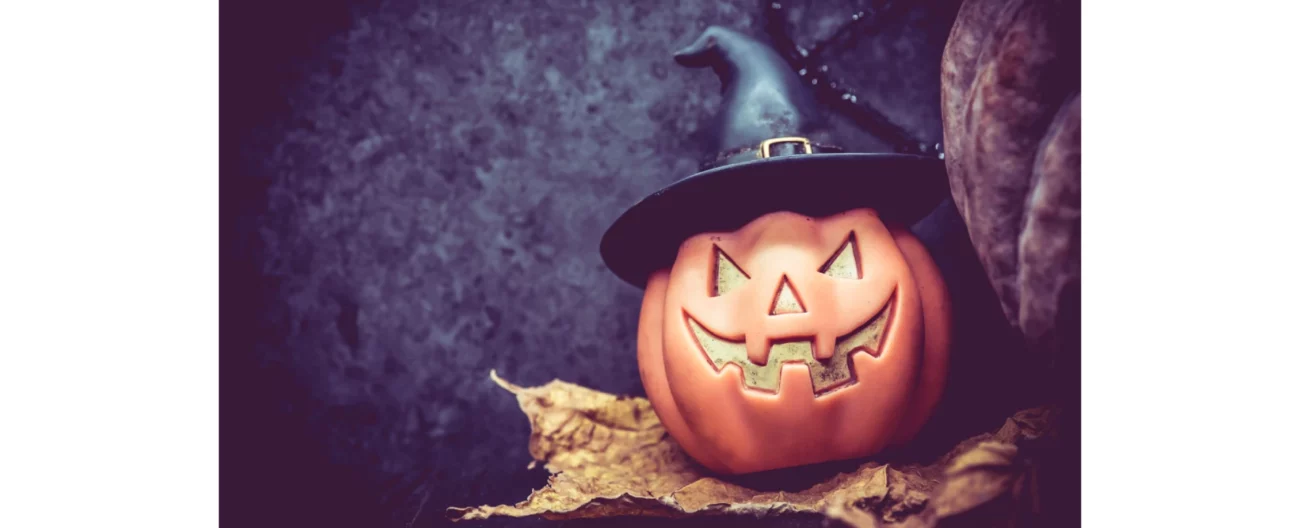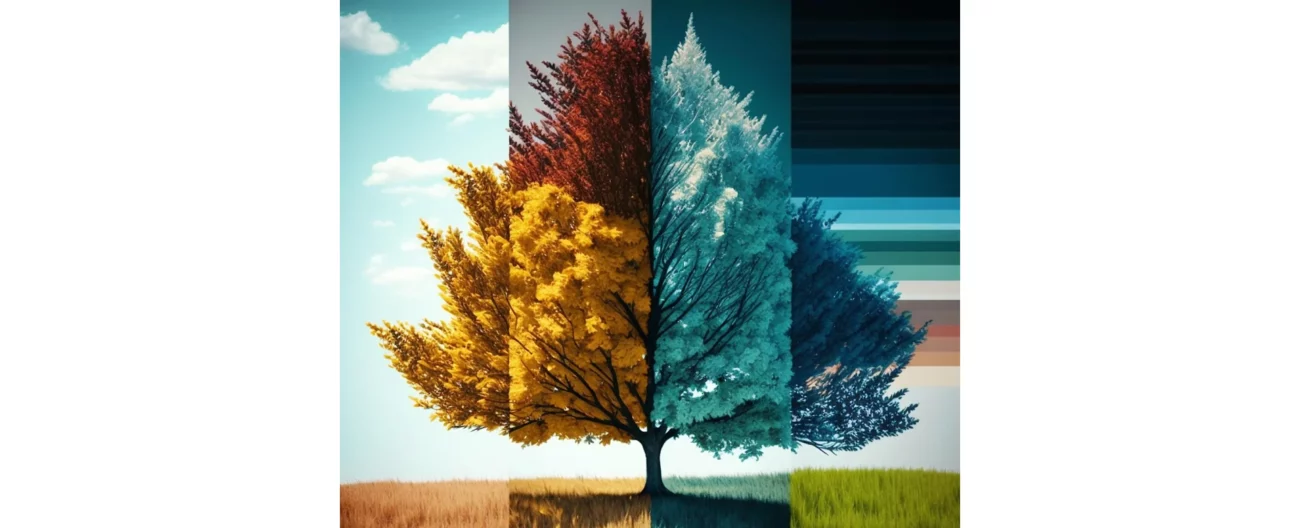Vampire pumpkin folklore is a fascinating and lesser-known aspect of the rich tapestry of Balkan mythology and superstition.
This unique segment of folklore intertwines agriculture, cultural tradition, and the supernatural, offering a rare glimpse into how different societies interpret natural phenomena through the lens of myth.
In this detailed exploration, we delve into the origins, characteristics, and cultural significance of vampire pumpkins, connecting them to broader themes of folklore, agricultural practices, and the human inclination to find meaning in the mysterious.
Understanding the Origins
The Roots of the Legend
Vampire pumpkin folklore finds its origins in the rich tapestry of Eastern European mythology, particularly among the South Slavic peoples.
This folklore is nestled within a broader context of beliefs in vampires and other supernatural creatures that roam the earth, influencing the living in myriad ways.
The belief in animate, blood-thirsty pumpkins is a fascinating offshoot of these widespread vampire legends, illustrating how cultural narratives can adapt to local contexts and everyday life.
Cultural Significance
Why pumpkins, you may wonder? In many agrarian societies, crops were more than just food; they were central to the community's identity, economy, and spirituality.
Pumpkins, being a common and vital crop, naturally found their way into the folklore of the people.
This inclusion reflects the intertwining of agricultural cycles with the supernatural, illustrating a world where the boundaries between the natural and the paranormal are fluid.

The Lore Explained
Characteristics of Vampire Pumpkins
According to folklore, vampire pumpkins come into being under very specific conditions. Here are the factors believed to give rise to these supernatural gourds:
- Timing: Pumpkins left in the field beyond Halloween or not consumed before a certain time of year, especially if left to rot, were said to become vampires.
- Appearance: Unlike traditional vampires, these pumpkins do not have a drastically altered appearance. However, some tales mention subtle signs like a reddish hue or the ability to move on their own.
- Behavior: Vampire pumpkins are believed to cause minor troubles, such as scaring livestock or rolling around mysteriously, rather than the more malevolent activities associated with their humanoid counterparts.
The Spread of the Myth
The myth of vampire pumpkins, while not as widely known as other supernatural legends, spread through oral tradition, gaining variations and embellishments with each telling.
The story resonated particularly in rural areas, where the cycles of planting and harvest dictated the rhythm of life and where the mysterious and unexplained had a natural place in the community's narrative.
Cultural Representations and Modern Interpretations
Folk Art and Literature
Vampire pumpkin folklore has inspired a range of cultural expressions, from folk art to literature. Artisans might carve grotesque faces into pumpkins not just to create lanterns for Halloween but also to reference these ancient beliefs.
Writers, too, have drawn upon this folklore, weaving tales that blend horror with humor, and the supernatural with the everyday.
Symbolism and Themes
The vampire pumpkin legend is ripe with symbolic meanings and themes. It speaks to fears of the unknown, the power of nature, and the thin veil between the living and the supernatural.
It also reflects societal attitudes towards waste, cautioning against the dangers of neglect and the consequences of letting the fruits of one’s labor go to waste.

Preserving the Legend
The Role of Storytelling
Storytelling plays a crucial role in preserving the vampire pumpkin folklore. Through stories, the legend is passed down from generation to generation, keeping the tradition alive.
These narratives serve not only as entertainment but also as a means of conveying cultural values and warnings.
Educational Initiatives
Educators and cultural historians have begun to recognize the importance of folklore like the vampire pumpkin in understanding our past.
By incorporating these stories into educational curricula and public discourse, we ensure that these rich traditions continue to engage and intrigue future generations.
The Role of Folklore in Community Identity
- Uniting Through Stories: Vampire pumpkin folklore, while unique in its subject matter, serves a universal purpose in reinforcing community bonds and identity. These tales, passed down through generations, become a shared repository of knowledge, fears, and values that define a community's ethos.
- Folklore as a Moral Compass: Often, folklore carries underlying moral and ethical lessons. The tale of the vampire pumpkin, with its emphasis on proper agricultural practices and respect for natural cycles, subtly encourages stewardship of the land and resources, reflecting broader societal values.
- Identity and Cultural Distinction: For the Balkan communities, vampire pumpkins and similar folklore offer a sense of distinction and cultural identity. These stories highlight the uniqueness of the region's historical and cultural landscape, distinguishing it from neighboring traditions and beliefs.

3 Environmental and Seasonal Influences on Folklore
- Nature's Rhythms and Human Interpretation: The emergence of folklore like that of vampire pumpkins is deeply connected to environmental cycles and the human interpretation of these natural rhythms. Seasonal changes, particularly the transition from fall to winter, underscore themes of death, rebirth, and the supernatural.
- Agricultural Calendars and Folk Beliefs: Folklore often aligns with agricultural calendars, marking periods of sowing, growing, and harvesting. The vampire pumpkin narrative, emerging around the time of harvest and leading into winter, reflects the importance of these cycles in shaping human life and beliefs.
- Adaptations to Climate and Geography: The characteristics attributed to vampire pumpkins—such as their supposed movements or the appearance of blood-like substances—can also be seen as interpretations of climatic and geographical influences on agriculture. These stories provide insights into how communities historically made sense of and adapted to their environment.
Psychological and Sociological Aspects of Vampire Pumpkin Folklore
- Fear and Fascination with the Unknown: The concept of vampire pumpkins taps into the universal human psyche's dual reaction to the unknown: fear and fascination. This folklore encapsulates the allure of the mysterious and the human instinct to personify and narrativize inexplicable phenomena.
- Social Cohesion Through Shared Stories: Folklore serves as a tool for social cohesion, bringing individuals together through shared narratives. In the case of vampire pumpkins, the shared belief in supernatural phenomena strengthens community bonds and provides a common ground for cultural identity and continuity.
- The Role of Storytelling in Coping Mechanisms: Storytelling, as seen in folklore, acts as a coping mechanism for dealing with the uncertainties and fears associated with the natural world. By framing natural phenomena within the context of tales like those of vampire pumpkins, communities can navigate their anxieties in a collective and manageable way.
The Globalization of Local Folklore
From Local to Global: The Spread of Folklore
In the age of globalization, local tales such as vampire pumpkin folklore have transcended their geographical origins, captivating a global audience. This phenomenon illustrates the universal appeal of folklore and its ability to resonate across cultural boundaries.
The Internet and Folklore Renaissance
Digital media and the internet have played pivotal roles in the renaissance of interest in folklore, allowing for the preservation and dissemination of tales like that of vampire pumpkins. Online platforms enable a broader audience to engage with and contribute to the evolution of these stories.
Cultural Exchange and Fusion
As vampire pumpkin folklore and similar narratives spread globally, they undergo a process of cultural exchange and fusion, blending with local traditions and spawning new variations. This dynamic process highlights the adaptability of folklore and its capacity to evolve in response to changing cultural landscapes.
The Impact of Pop Culture
Pop culture, through movies, literature, and art, has embraced and amplified folklore, introducing elements like vampire pumpkins to new generations and audiences.
This interplay between traditional folklore and contemporary media underscores the enduring relevance and adaptability of these ancient narratives in modern society.
These additional sections complement the existing content by exploring the broader implications of vampire pumpkin folklore on community identity, environmental interactions, psychological perspectives, and the impact of globalization and pop culture on traditional narratives.
Conclusion: Embracing the Mystical
The legend of vampire pumpkins offers a window into the human psyche, revealing our fascination with the supernatural and our desire to find magic in the mundane. By exploring these myths, we connect with our ancestors, understand our fears, and celebrate our imaginations. So, the next time you carve a pumpkin or pass a field of gourds, remember the rich folklore that gives these humble vegetables a place in the pantheon of mythical creatures.
Embrace the mystical, delve into the folklore, and let the stories of vampire pumpkins enrich your understanding of the world's cultural heritage.
